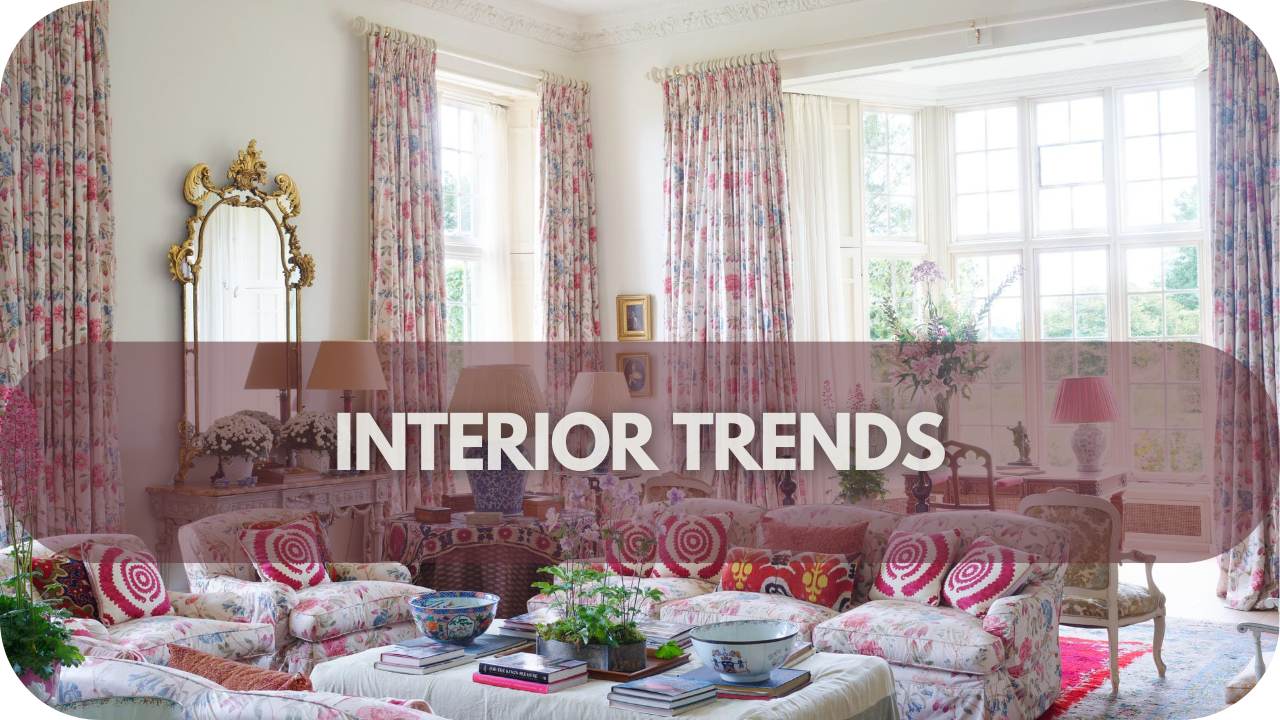Do you want to ensure that your home is updated and inspired? Interior design is evolving as we enter 2025, and clinging to last year’s trends can make your space feel stale.
It’s easy to fall behind on the latest styles, leaving your home lacking the freshness it deserves. Embrace the future of interior design with these top trends for 2025, guaranteed to revitalise your space and keep it ahead of the curve.
1. Energy-efficient Window Treatments
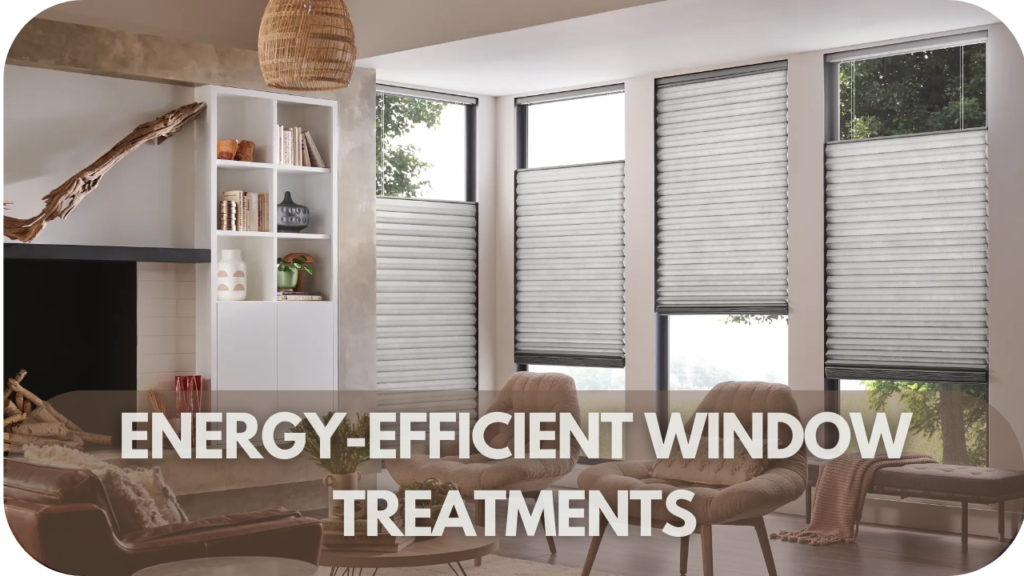
Energy-efficient window treatments for 2025 combine style and functionality, offering a savvy way to reduce home energy costs while enhancing decor.
Cellular blinds and thermal blinds are leading options. They are crafted to insulate by trapping warmth indoors during cold months and reflecting heat in the summer. These Window treatments lower energy bills and contribute to a sustainable lifestyle, reducing the need for artificial heating and cooling.
Beyond their aesthetic appeal, energy-efficient window coverings are practical investments, helping homeowners manage indoor temperatures in an environmentally friendly way.
2. Bold Colours and Vibrant Patterns
Bold colours and patterns are making a statement in 2025, adding excitement and character to interiors that previously leaned towards neutrals. Rich, saturated hues such as teal, mustard, and deep greens are famous for accent walls, furniture, and decor, breaking away from minimalist trends.
Patterned wallpapers and bold rugs are also resurgent, giving rooms depth and personality. This trend encourages personal expression and creativity, allowing homeowners to design spaces that reflect their style.
By balancing vibrant colours with neutral backdrops, designers create dynamic yet cohesive looks that energise rooms. Bold colours and patterns are ideal for those seeking a lively, eclectic interior that feels unique and inviting, transforming spaces into visually engaging environments.
3. Smart Homes and Automated Interiors
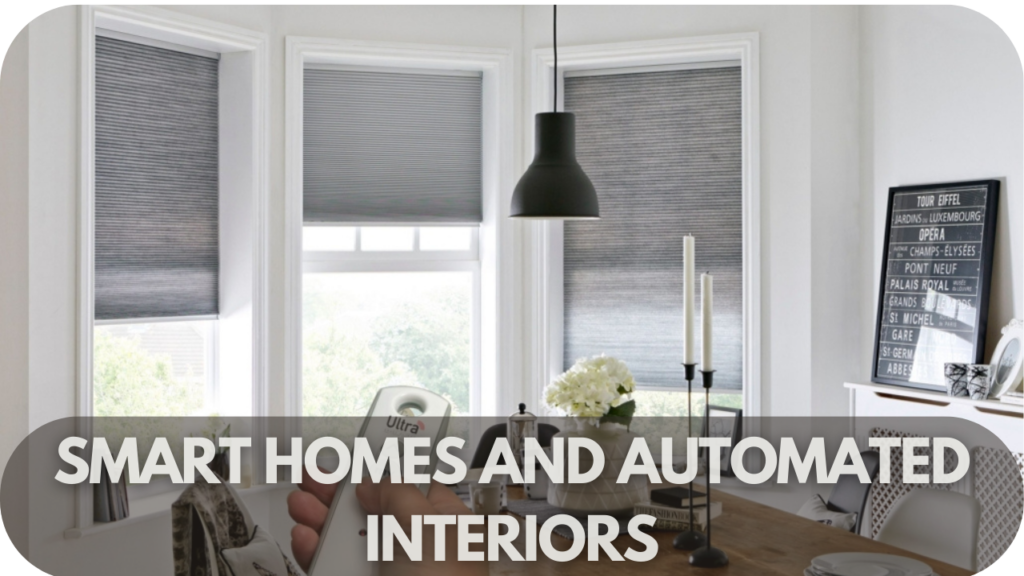
In 2025, smart technology will reshape interiors, merging convenience with energy efficiency. Automated systems, such as motorised blinds, bright lighting, and voice-activated controls, will allow homeowners to tailor their environment effortlessly.
These smart-systems can adjust lighting and temperature based on daily routines, creating energy savings and optimising comfort. For example, window treatments can close automatically at sunset, while lighting can adjust throughout the day to match natural light levels.
Beyond functionality, smart home features enhance aesthetics by seamlessly integrating into various design styles. The increasing adoption of automated interiors reflects a shift toward responsive, adaptable homes that cater to modern living.
By blending technology with style, smart homes offer a streamlined yet luxurious experience that makes everyday living more convenient and energy-efficient.
4. Biophilic Design: Connecting with Nature
Biophilic design strengthens our connection with nature by incorporating natural elements into interior spaces. In 2025, it remains a popular approach to promoting well-being. Indoor plants, natural light, and organic textures like wood, stone, and linen are key components of biophilic spaces, which improve air quality and reduce stress.
Adding features such as large leafy plants or a water feature can enhance the sense of tranquillity, creating a calm, inviting environment. The trend also encourages using earthy colours and natural textures, giving rooms a grounded and harmonious feel.
Biophilic design emphasises mental and physical health benefits, making homes feel like peaceful sanctuaries that nurture both body and mind. This holistic approach aligns with the rising demand for wellness-focused interiors.
5. Sustainable Design and Eco-friendly Materials
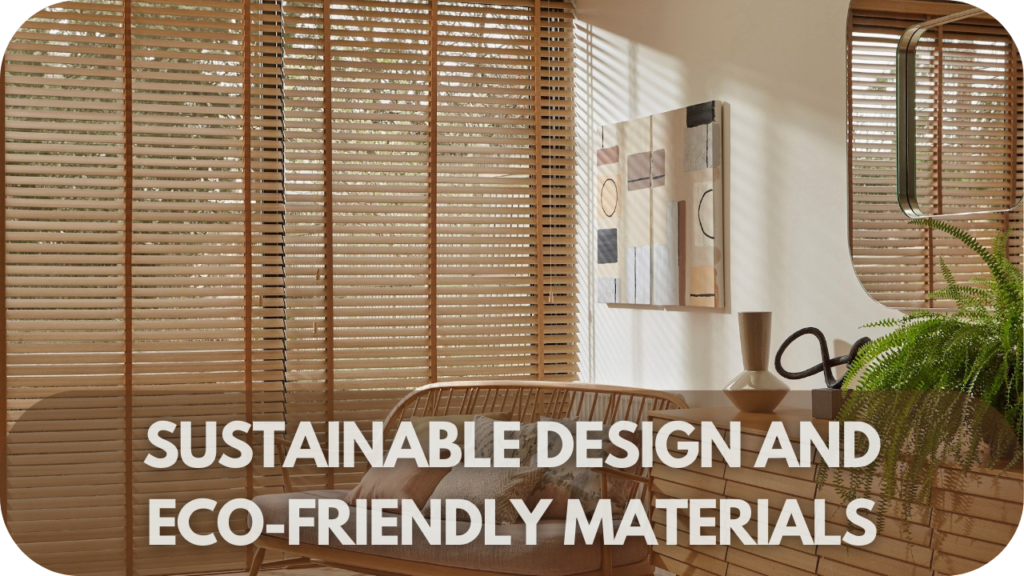
Sustainable design is a core value in 2025 interiors, as eco-friendly materials like bamboo, reclaimed wood, and recycled textiles become staples in modern homes. These materials offer durability, aesthetic appeal, and a significant reduction in environmental impact.
Designers increasingly prefer materials sourced from renewable resources, ensuring homes are beautiful and eco-conscious. The industry is also adopting low-impact production methods to minimise waste, enhancing environmental quality while contributing to healthier living spaces.
Elements like bamboo flooring, recycled glass countertops, and natural fabrics have become popular, creating homes prioritising sustainability without sacrificing style. This approach to design aligns with a more mindful way of living, meeting the growing demand for eco-conscious homes that are as sustainable as they are stylish.
6. Curved and Organic Shapes in Furniture
Curved and organic shapes are returning, softening the rigid lines of traditional modern design. Furniture with rounded edges—such as sofas, tables, and mirrors—adds a fluid, calming quality to interiors.
Inspired by nature’s gentle curves, these shapes make rooms feel more inviting and create a sense of flow. This trend is particularly effective in open-plan layouts, where curved forms help define areas while maintaining visual continuity.
Small touches, like curved mirrors or round ottomans, also bring a subtle organic feel to a space, making interiors feel less structured and more harmonious. Curved shapes are perfect for creating comfortable, relaxing spaces that feel balanced and aesthetically pleasing.
7. Minimalism with Personality
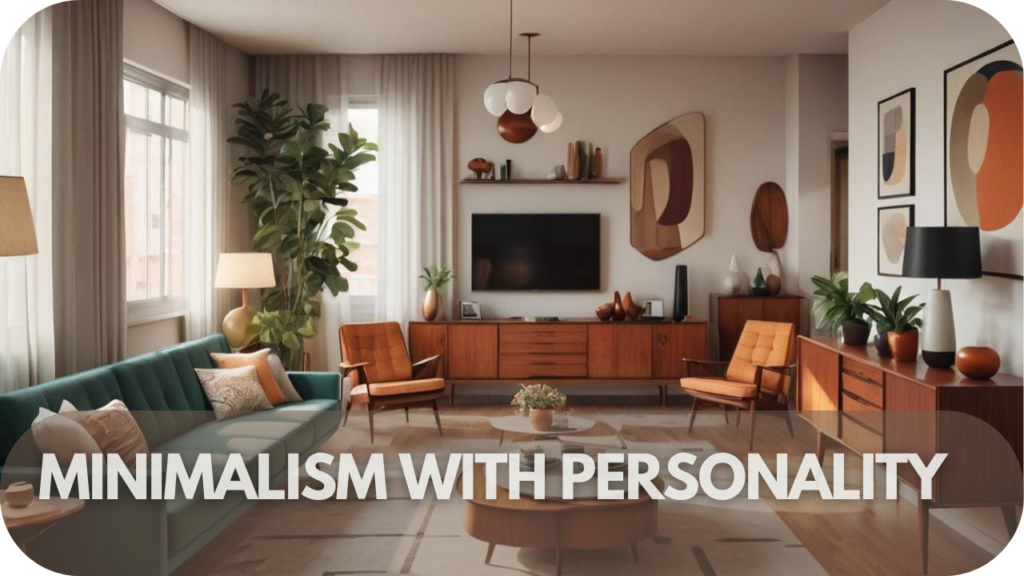
Minimalism will evolve in 2025 with a warmer, more personalised touch, moving away from stark simplicity to embrace textures and distinctive accents.
This trend keeps spaces clean and clutter-free, adding depth and warmth through textured wall treatments, rich fabrics, and statement art pieces. A minimalist room can include a single bold feature, such as an art piece or unique furniture, which infuses personality without overwhelming the space.
Playing with contrasting materials like wood paired with metal or stone further enriches the minimalist look. This approach allows for a streamlined yet inviting environment, proving that minimalism doesn’t need to lack warmth or character.
8. Vintage and Retro Revival
Vintage and retro elements are making a stylish return in 2025, bringing nostalgia and charm to contemporary interiors. Furniture from the ’60s and ’70s, featuring bold colours and distinctive patterns, is being revived with modern twists.
This trend blends the warmth and character of classic designs with modern functionality, allowing for a unique, personalised aesthetic. By mixing vintage pieces with contemporary decor, homeowners can create spaces that tell a story and feel authentically theirs.
Popular items include retro furniture, patterned wallpaper, and vintage lighting fixtures that bring a sense of history and uniqueness. This revival highlights quality craftsmanship with timeless pieces that add value and style to modern homes.
9. Textural Layering for Visual Interest
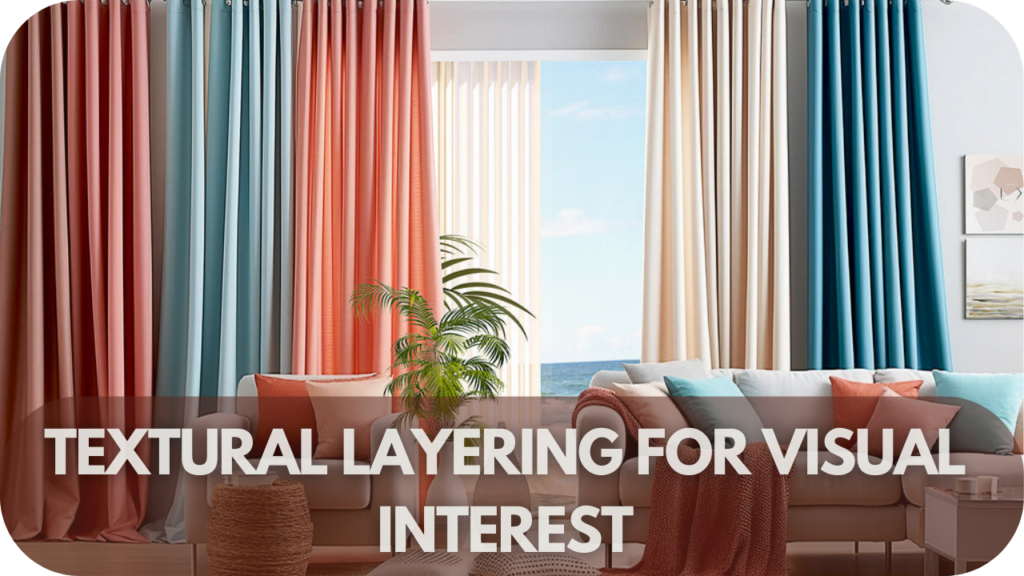
Textural layering adds depth and dimension to interiors, enhancing spaces with visual and tactile intrigue. By combining various materials—like wood, stone, metal, and fabric—designers create a rich sensory experience.
For example, soft velvet cushions against sleek leather or a woven rug on a smooth wood floor add layers that engage the senses. Textural layering also allows for subtle sophistication, particularly in minimalist rooms where visual interest comes from the interplay of textures rather than colours or patterns. This trend balances aesthetics with comfort, offering a cosy and welcoming immersive environment.
10. Multi-functional Spaces for Modern Living
In 2025, the multi-functional home is key to meeting the demands of contemporary living. Spaces that blend work, relaxation, and social areas allow homes to adapt flexibly to various needs.
Furniture like fold-out desks, modular sofas, and built-in storage makes it easy to transition rooms between activities. This trend is ideal for compact spaces, allowing you to maximise functionality without sacrificing style.
Design elements like open shelving or moveable dividers support versatile layouts, accommodating home offices, gyms, and relaxation zones. The multi-functional design responds to the need for adaptable living spaces, consciously promoting convenience and comfort.
11. Statement Lighting as a Design Feature
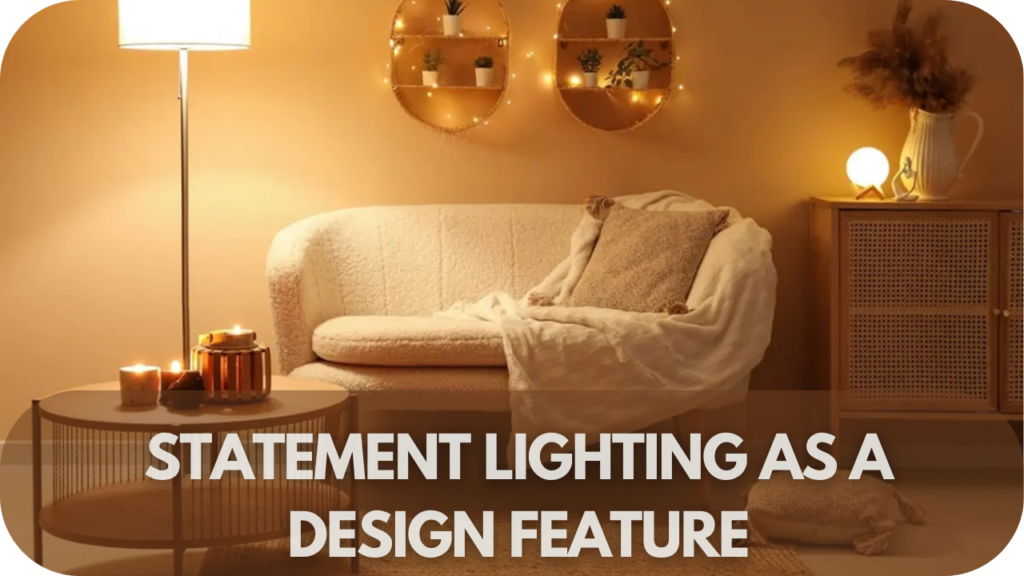
Lighting is emerging as a bold design feature, with oversized pendants, sculptural fixtures, and unique materials becoming central to decor. Statement lighting draws attention and adds drama, whether through a chandelier above a dining table or an industrial floor lamp in the living room.
Designers are using lighting as art, adding personality and sophistication to interiors. Beyond aesthetics, layered lighting solutions enhance functionality, highlighting specific areas while creating a balanced atmosphere. In 2025, lighting fixtures will continue to evolve, bridging the gap between function and art.
12. Maximising Natural Light
Natural light is highly valued in 2025, and large windows, open floor plans, and reflective surfaces brighten spaces. Strategic use of mirrors amplifies sunlight, while light wall colours and minimal window treatments allow more daylight to flow.
This design approach reduces the need for artificial lighting and creates open, inviting rooms that feel energising. Maximising natural light also improves mental well-being, aligning with the trend towards wellness-focused interiors. Light-filled spaces feel fresh, making homes more expansive and serene, perfect for relaxing or entertaining.
13. Personalised and Handcrafted Elements
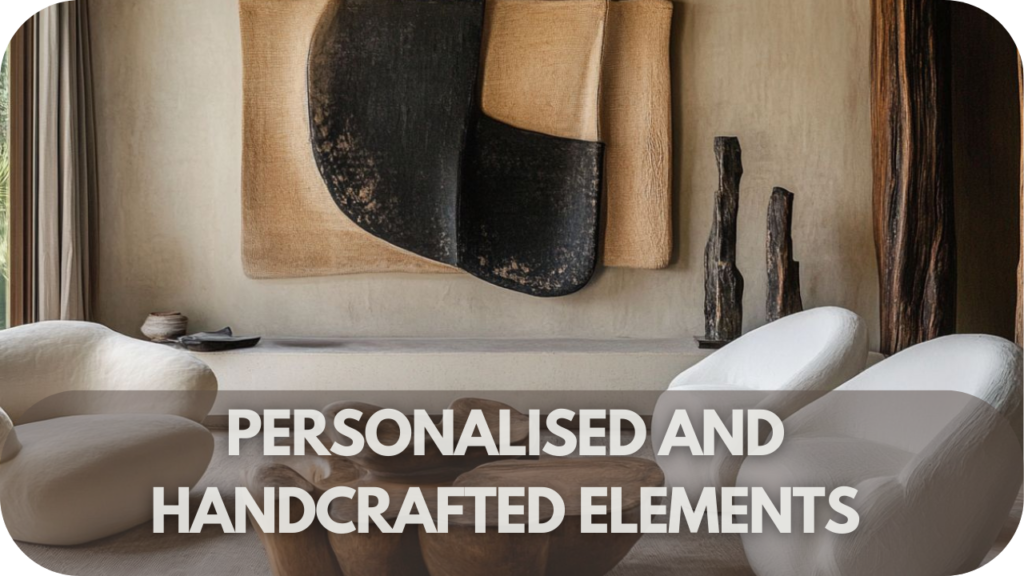
Handcrafted decor is celebrated in 2025, offering a unique alternative to mass-produced items. Artisanal furniture, handwoven textiles, and custom ceramics add character and a story to interiors, making spaces feel more personal and connected.
Supporting local craftsmanship is part of this trend, favouring sustainable practices and high-quality design. These pieces enhance aesthetic value and foster an emotional connection to the home, transforming it into a reflection of the homeowner’s personality. Handcrafted decor celebrates individuality, creating spaces that feel authentic and meaningful.
Conclusion
As we look ahead to 2025, embracing innovation and personal expression is the key to a modern interior. Incorporate these ideas into your home to stay ahead of the trends.
Ready to refresh your space? Explore our curated collections and transform your interiors today!

